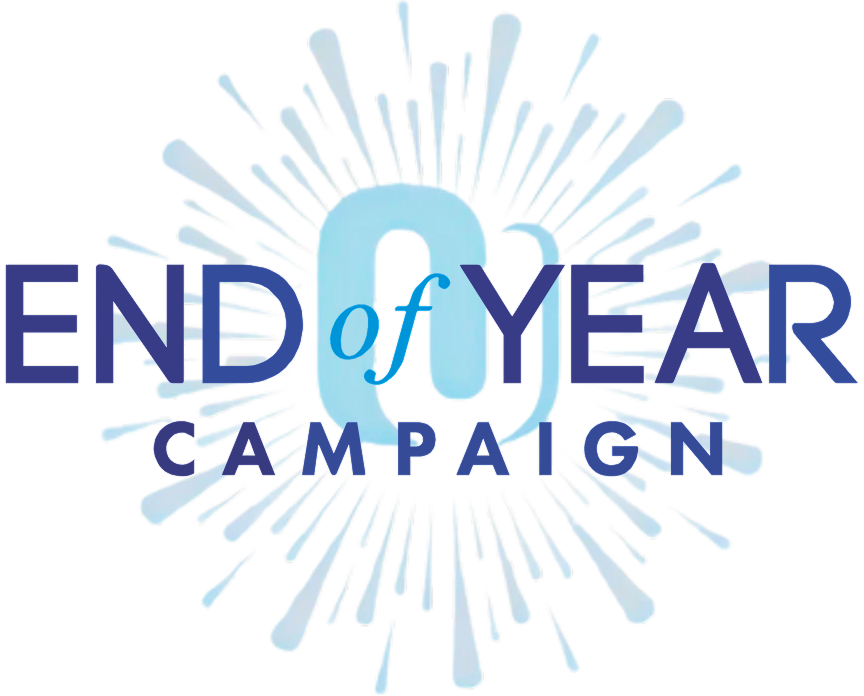Dear Friends,
I hope this note finds you well during these challenging times.
It has been a very noisy time for Klal Yisrael, as arguments between us proliferate. Some of these arguments may be considered sacred and pure while others are quite profane, either originating from or quickly descending into power politics, pursuit of self-interest, and ugly and derisive disagreement. In any case, the sheer prevalence of argument – sacred and profane – is frightening, painful, and confusing. That confusion grows significantly when the arguments are accompanied by rabbinic declarations, and we must seek to address that confusion from within the Torah itself.
Hachodesh hazeh lachem rosh chadashim. The Jewish calendar is the ultimate unifier of the Jewish people, an issue where there is to be no compromise on halachic uniformity. Even when there was compelling evidence that a mistake had been made in calculation of the new moon, we are to follow the ruling of the central authority; asher tikre’u atem – afilu shogegim, afilu mezidim, afilu muta’im (see Rosh Hashana 25a). Every Jew must live by the same calendar.
This was why undermining the calendar was a principal goal of the Sadducees and other heretical sects whose goal was to challenge the unity of the mesorah of the Oral Torah and thereby divide Klal Yisrael into 31 flavors, and why it was critical that in anticipation of the dispersion created by churban and the breakdown of the central Sanhedrin, Hillel used the last moments of our national halachic unity to put in place the calendar that would keep us together forever.
Yet there are two instances where even the calendar leaves us divided, Purim and Yom Tov Sheini. Purim is a nes she’b’chutz la’aretz, a miracle that occurred after we left Israel (see Megillah 14a), and was originally established to be observed on different dates in open and walled cities, and the observance of the second day of Yom Tov is observed by those who live outside of Eretz Yisrael. With the advent of galut, even our calendar became somewhat divided, indicating the need to carefully embrace the differences in halachic practice that emerge from the dispersed and varied communities of the truly faithful. As Maharal of Prague frequently noted, the scattering of Klal Yisrael is always reflected in the divisions within Torah (see for example Netzach Yisrael ch. 56)
That is where we stand today. The Torah scholars and leaders who guide Agudath Israel speak with their voice, while other great Torah scholars and leaders speak with a different voice. So often and on so many fundamental matters those voices are in harmony, but regarding Israel-related issues those voices are frequently in severe conflict. Especially during the past year and a half, the gedolim who set the tone for us at the OU have spoken with a very different voice about everything from the holiness of the chayalei Tzahal and the victims of 10/7, the obligation to physically defend our land, the efforts of many who deeply value Torah to find a solution for the draft law, and the value of religious partnership in the Zionist movement.
We draw great strength and direction from the beautiful voice of the gedolim that guide our OU community, dedicated without compromise to Torah and to the entirety of Klal Yisrael.
האמת והשלום אהבו
“Love truth and peace.”
דרכיה דרכי נועם וכל נתיבותיה שלום
“Its ways are ways of pleasantness, and all of its pathways lead to peace.”
Have a wonderful Shabbos, and may we be blessed with besorot tovot, truly good news.
Moshe Hauer
